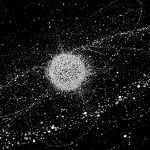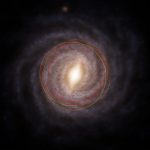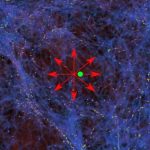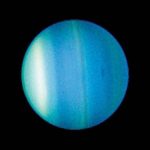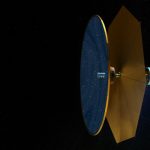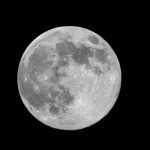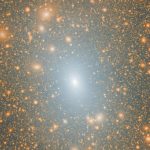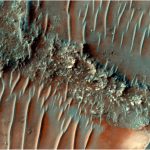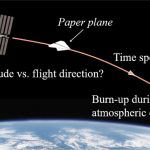These are the most concerning pieces of space debris
Tens of thousands of pieces of space debris are hurtling around Earth right now.
These defunct satellites, spent rocket stages, collision fragments and even a...
Oldest comet ever seen? New interstellar visitor may be 7 billion years old
A newly discovered object from deep space may be the oldest comet ever observed—possibly more than 7 billion years old, and older than our...
Are we in a giant void that would help explain the Hubble Tension
One of the main objectives of the Hubble Space Telescope, launched in 1990, was to measure the size and age of the Universe, as...
Scientists discover Uranus has a dancing partner
In the vast expanse between Uranus and Neptune, a team of researchers have uncovered something really quite extraordinary, a minor planet that has been...
Giant liquid mirrors could revolutionize the hunt for habitable worlds
Imagine a space telescope with a mirror stretching 50 meters across!
That's larger than the width of a U.K. soccer field and nearly eight times...
Chang’e-6 uncovers hidden history of the moon’s mysterious farside
For decades, scientists have wondered why the moon’s two sides are so different.
The side we see from Earth, known as the nearside, is smoother...
The Milky Way’s ghost galaxies: Are we surrounded by invisible neighbors?
The Milky Way might have many more neighboring galaxies than we’ve been able to detect so far, according to new research from scientists at...
Ancient riverbeds reveal Mars was wetter and warmer than we thought
New research has uncovered more than 15,000 kilometers of ancient riverbeds on Mars, suggesting that the Red Planet may have once been much wetter...
How your flight home could be broadcasting Earth’s location to aliens
Every time you take off from Heathrow, land at JFK, or pass through any major airport, you might be inadvertently announcing humanity's existence to...
What if you threw a paper airplane from the space station
Sometimes there are profound questions in life that must be answered, like “What is the meaning of existence?”, “Are we alone in the universe?”...

